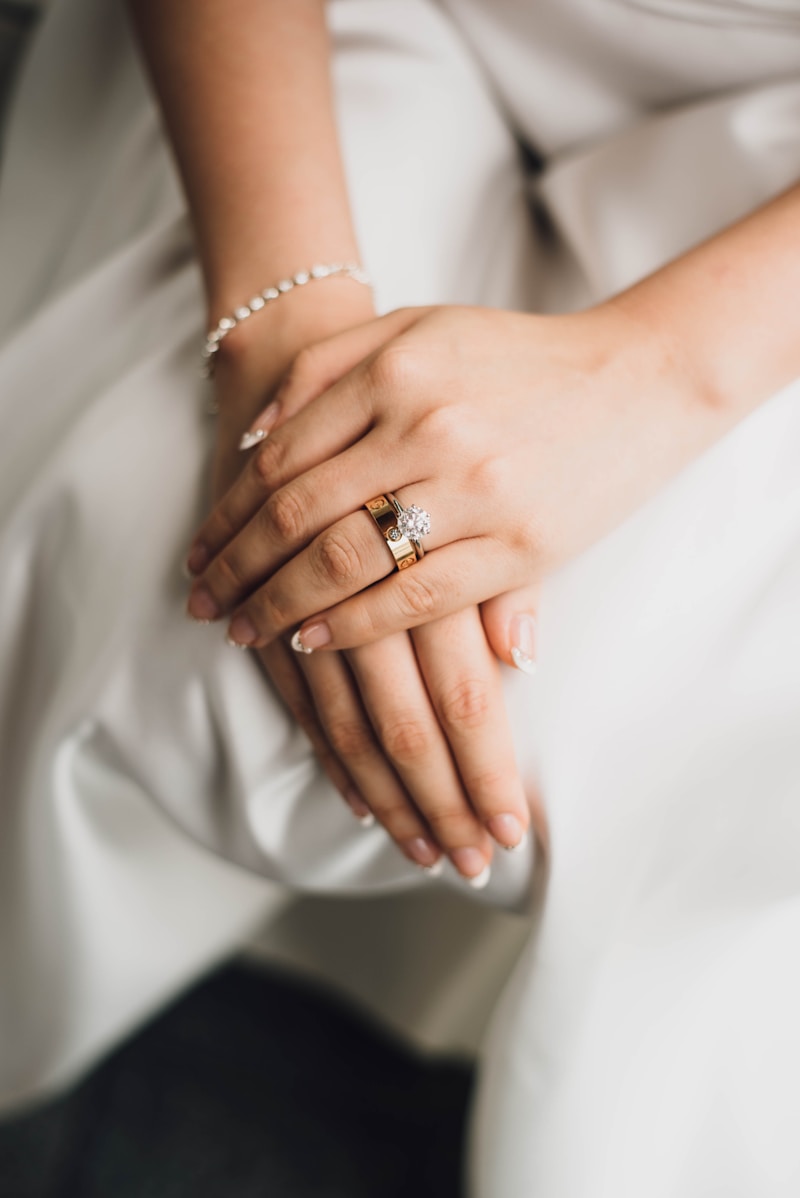Exploring Inspirational Bridal Attire from Literature: A Journey through Timeless Fashion
Exploring Inspirational Bridal Attire from Literature: A Journey through Timeless Fashion
Inspirational Bridal Attire from Literature
When we think about weddings, the first image that often comes to mind is the bride in her beautiful attire. Throughout history, literature has provided us with fascinating depictions of bridal wear that transcend time and culture. This article will explore the most inspiring bridal attire from various literary works, shedding light on how these fictional gowns and suits have influenced real-world fashion. We will also visualise the iconic styles with illustrations and tables to better understand their significance.
The Allure of Literary Bridal Attire
Literature serves as a gateway to a myriad of styles and fashions, offering insights into the traditions and societal norms of different eras. From classic novels to modern stories, bridal attire has often been pivotal in showcasing a character's personality and circumstance. Let's delve into several notable examples:
| Literary Work | Bridal Attire Description | Character |
| Pride and Prejudice by Jane Austen | A simple yet elegant gown highlighting natural beauty with minimal embellishment. | Elizabeth Bennet |
| Wuthering Heights by Emily Brontë | A rugged and dramatic outfit that speaks to the wild nature of the character. | Catherine Earnshaw |
| The Great Gatsby by F. Scott Fitzgerald | A flapper-style dress adorned with beads and feathers, reflecting the Jazz Age's extravagance. | Daisy Buchanan |
| The Fault in Our Stars by John Green | A simple yet poignant dress representing the character’s inner beauty amid struggles. | Hazel Grace Lancaster |
Bridal Attire Through the Ages
Bridal fashion has evolved significantly over the centuries, reflecting societal ideals, cultural shifts, and literary influences. The choice of attire often conveys messages about power, romance, and individual expression. For example, in the Victorian era, Wedding dresses were typically white, symbolising purity and innocence, a tradition which was popularised by Queen Victoria. This trend continues to dominate wedding fashion today.
1. Elizabeth Bennet: A Reflection of Regency Elegance
In Jane Austen’s Pride and Prejudice, Elizabeth Bennet’s bridal attire captures the essence of Regency fashion. Her gown is typically described as simple yet elegant, often featuring high waistlines and flowing fabrics, which highlight her poise and independence. The attention to natural beauty through minimal embellishments resonated with many readers and continues to inspire modern bridal fashion.

2. Catherine Earnshaw: The Wild Spirit of Wuthering Heights
The iconic character Catherine Earnshaw from Emily Brontë’s Wuthering Heights has awakened many imaginations with her bold and untamed spirit. Her bridal attire is often envisioned as rugged and dramatic, reflecting the moors' harshness and the tumultuous nature of her love for Heathcliff. This unconventional portrayal of wedding attire inspires brides who want to express their individuality and passion.
The Influence of 20th Literature on Bridal Fashion
Fast forward to the 20th century, where the literary world begins to reflect the rapid changes in society. The depiction of bridal attire evolves to incorporate modernity and flair.
3. Daisy Buchanan: The Flapper Bride
F. Scott Fitzgerald’s The Great Gatsby brings us Daisy Buchanan, a character synonymous with 1920s glamour. Daisy’s bridal attire is often envisioned as a stunning flapper dress adorned with beads, sequins, and feathers. This reflects the era's preoccupation with wealth and extravagance while hinting at deeper themes of unfulfilled love and aspiration. Those drawn to vintage style often recreate Daisy's bridal look today, blending glamour with a sense of nostalgia.
4. Hazel Grace Lancaster: Finding Beauty amidst Tragedy
In John Green’s The Fault in Our Stars, we encounter Hazel Grace Lancaster, whose personality and struggles resonate with many readers. Her bridal attire can be seen as simple, embodying her authenticity amidst the chaos of illness. This minimalist approach reflects a modern trend towards elegant yet understated bridal fashion, which has become increasingly popular among contemporary brides.
Modern Inspirations from Classic Literature
As we move into the 21st century, many designers and brides draw inspiration from these literary works, creating modern interpretations of classic bridal silhouettes. The themes of love, resilience, and individuality that emerge in these stories offer a wellspring of ideas for brides who wish to embody these values on their special day.
Bringing Literature to Life: Wedding Themes
In addition to attire, many couples today incorporate literary themes into their weddings. This can include:
- Invitations and Decor: Using quotes and passages from beloved literary works to inspire invitations, table settings, and decor.
- Reading Passages: Including meaningful readings from favorite books during the ceremony or reception.
- Inspired Color Palettes: Choosing color schemes based on the vivid descriptions found in literature.
Popular Related Searches
As you seek to uncover the bonds between bridal attire and literature, you may consider exploring related topics:
- How to choose your wedding dress based on literary characters
- Timeless fashion trends influenced by classic novels
- The symbolism of colors in bridal wear
Conclusion: Embracing Literary Inspiration for Your Big Day
Inspirational bridal attire from literature not only enhances the allure of wedding fashion but also allows brides to connect with the stories and feelings that resonate with them. As you plan your special day, consider the messages and attributes of your favorite literary characters. Whether you choose a gown that embodies Regency elegance, a flapper-inspired number, or a minimalist dress, let the pages of literature guide your choices and make your wedding unforgettable.
Suggestions for Brides: Don't hesitate to incorporate elements from literature that are meaningful to you. Think about specific characters, themes, or quotes that resonate with your love story, and let them inspire your attire and decor choices. After all, your wedding day is not just about personal style; it's also about creating lasting memories that reflect who you are.
